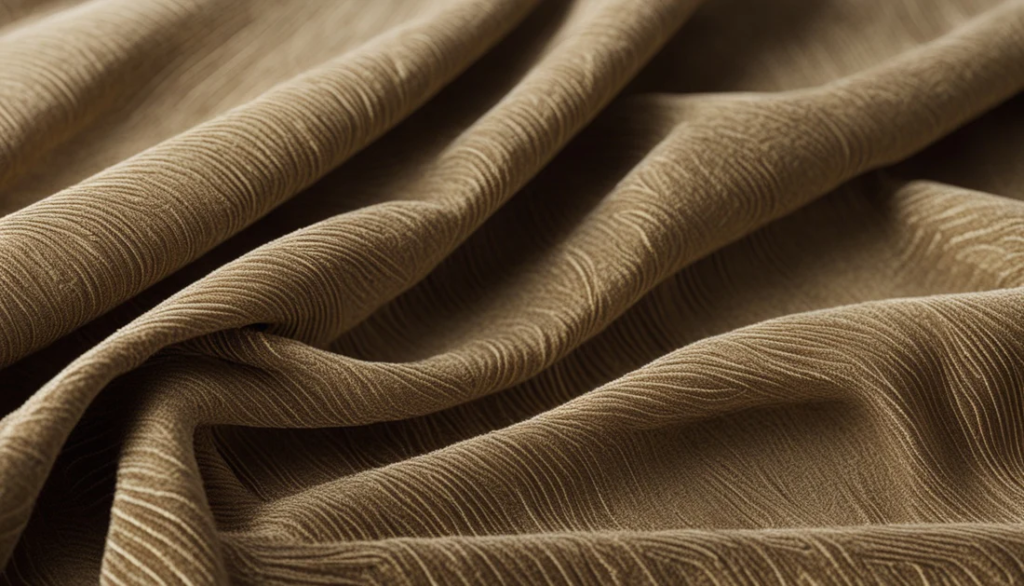
Chenille fabric has long been admired for its unique texture, plush feel, and luxurious appearance. This distinctive material, whose name originates from the French word for “caterpillar,” lives up to its name with a soft and fuzzy surface that evokes warmth and comfort. From home décor to clothing, chenille has become a staple in textile production. Let’s dive into what makes chenille fabric special, how it’s made, and where it’s commonly used.
What is Chenille Fabric?
Chenille fabric is a woven textile known for its velvety pile and soft, tactile texture. It is made by weaving together short lengths of yarn, which are then cut to create the characteristic raised, tufted surface. This gives chenille its plush, slightly shimmery appearance that can change depending on the angle of light.
How is Chenille Fabric Made?
The production of chenille fabric involves a meticulous process that combines artistry and precision. Here’s a simplified breakdown:
- Yarn Formation: Chenille yarn is created by twisting short threads (also called pile) between two core yarns. This forms a soft, fuzzy thread that resembles a caterpillar.
- Weaving: The chenille yarn is then woven into a base fabric, either using cotton, acrylic, rayon, or a blend of materials.
- Cutting and Finishing: After weaving, the surface is often brushed or treated to enhance the softness and sheen of the fabric.
Characteristics of Chenille Fabric
Chenille stands out for several reasons, including:
- Softness: Its plush texture makes it highly comfortable and ideal for cozy applications.
- Durability: Despite its softness, chenille is surprisingly strong, making it suitable for both heavy-duty and decorative uses.
- Versatility: It comes in various colors, patterns, and blends, making it adaptable to different styles and purposes.
- Shimmer: The pile reflects light at different angles, giving chenille a subtle, luxurious glow.
Common Uses of Chenille Fabric
Chenille’s adaptability makes it a popular choice across multiple industries. Some common uses include:
- Home Décor: Chenille is widely used for upholstery, curtains, and throw pillows due to its rich texture and durability.
- Clothing: Sweaters, scarves, and robes made of chenille are loved for their warmth and softness.
- Accessories: Chenille can be used in crafting decorative accents such as rugs and wall hangings.
Care Tips for Chenille Fabric
Proper care is essential to maintain chenille’s texture and longevity. Here are some tips:
- Vacuum Regularly: For chenille furniture, use a vacuum to remove dust without damaging the pile.
- Spot Cleaning: Use a damp cloth and mild detergent for minor stains. Avoid harsh chemicals.
- Dry Cleaning: For clothing or delicate chenille items, professional cleaning is recommended to preserve the fabric’s softness.
Why Choose Chenille?
Chenille fabric combines style, comfort, and versatility, making it a top choice for those seeking elegance with functionality. Whether adorning your living room or adding warmth to your wardrobe, chenille offers a timeless charm that enhances any setting.
In conclusion, chenille fabric’s rich history and enduring appeal make it a cherished material for both fashion and interior design. Its unique qualities ensure that it remains a favorite for years to come.
